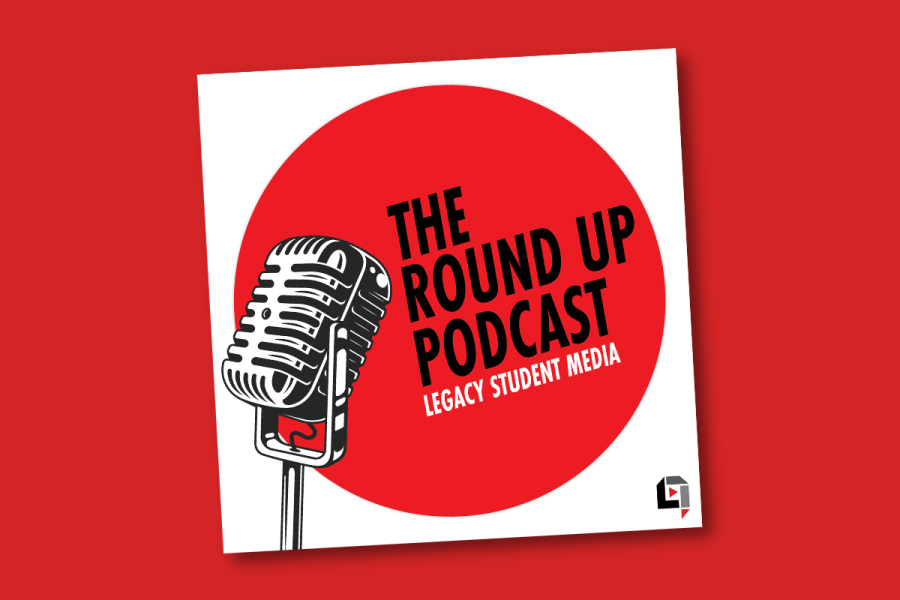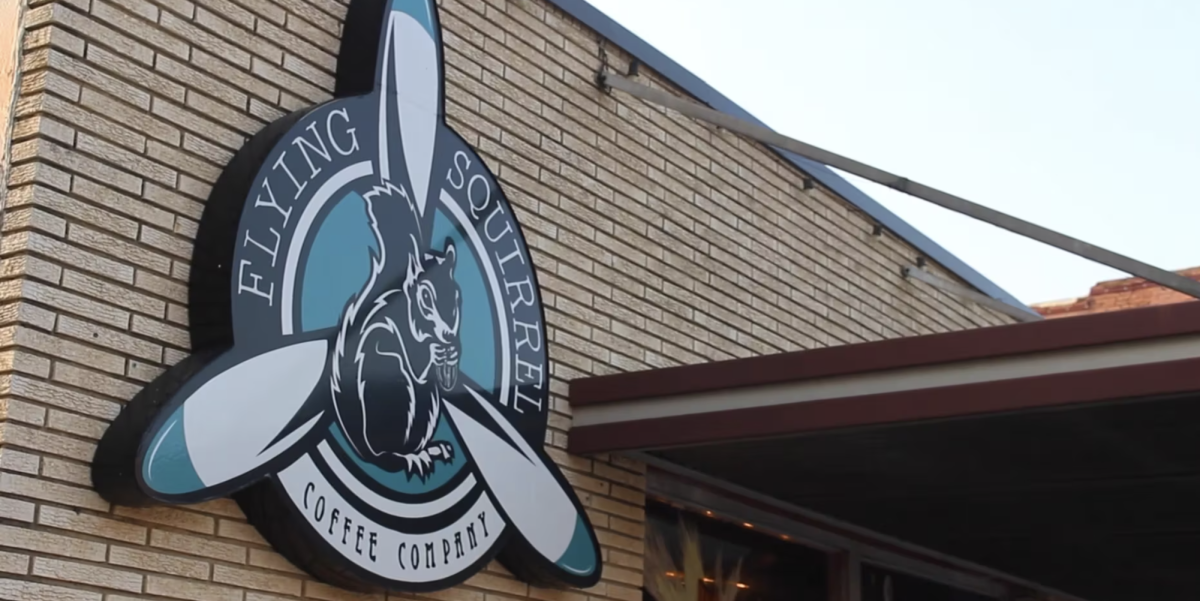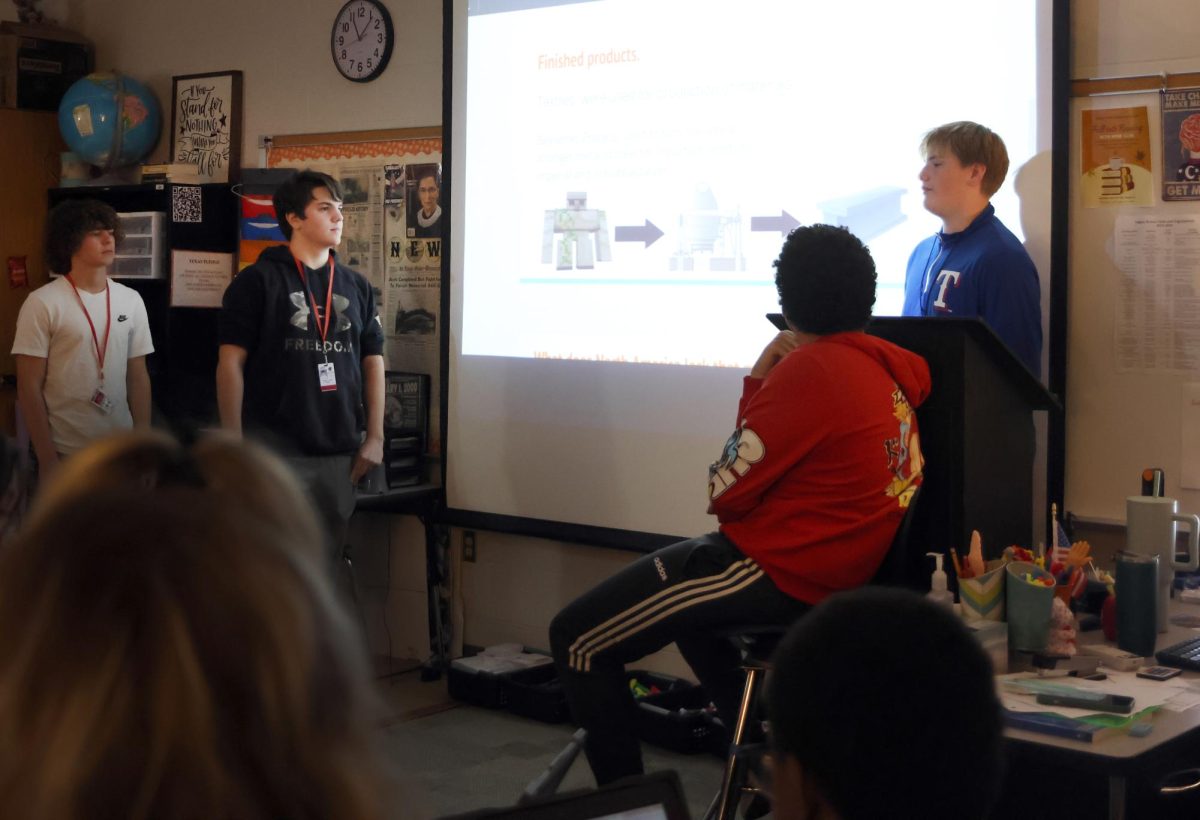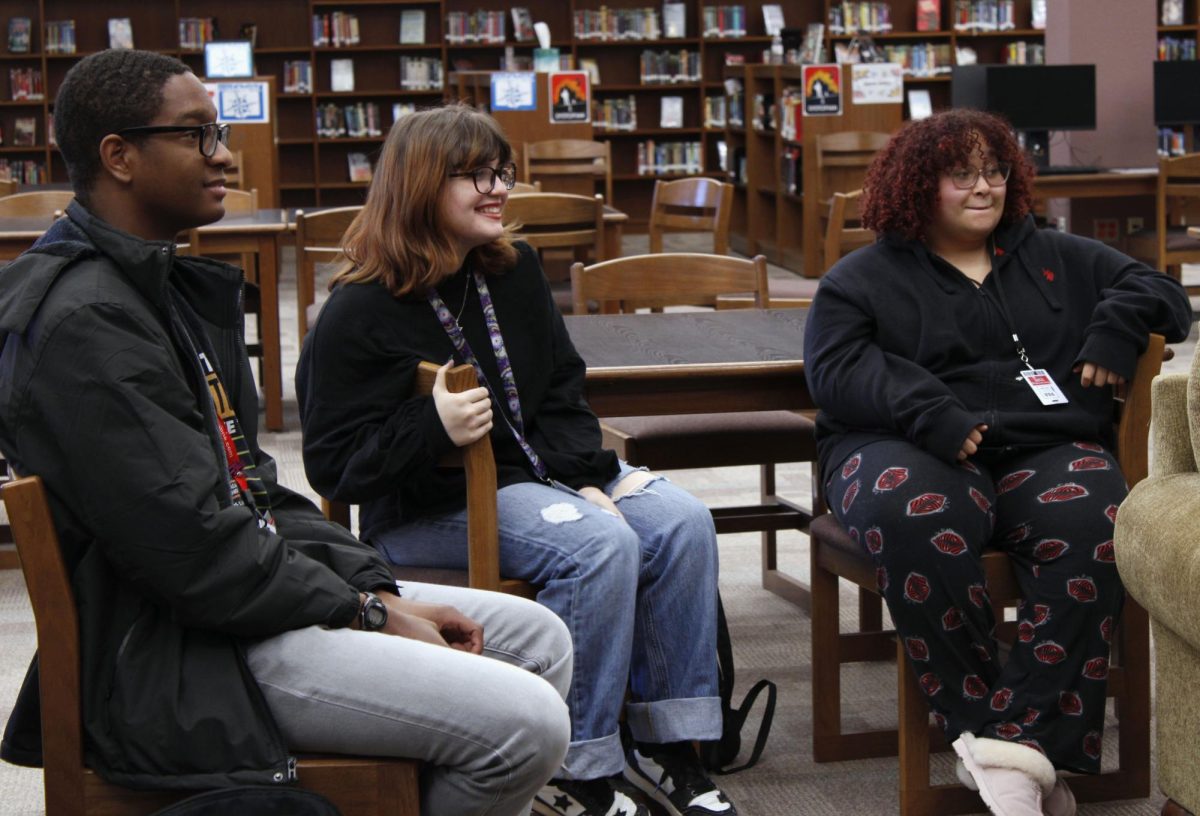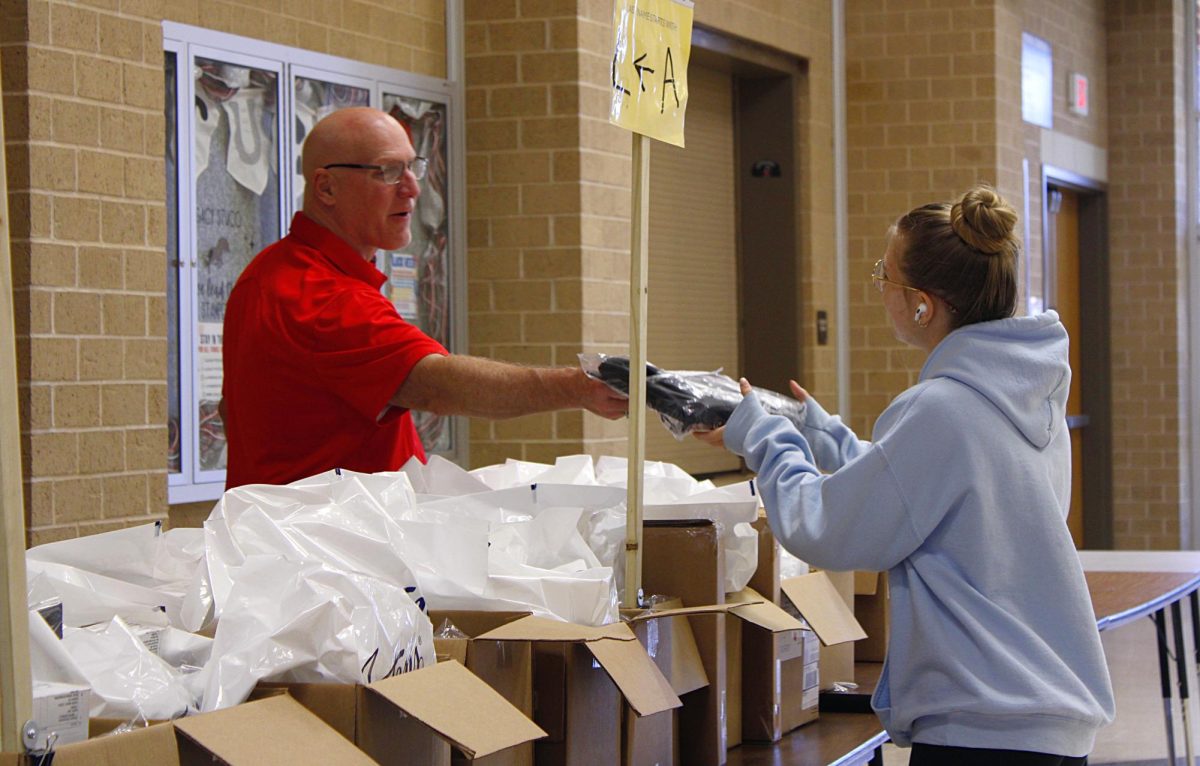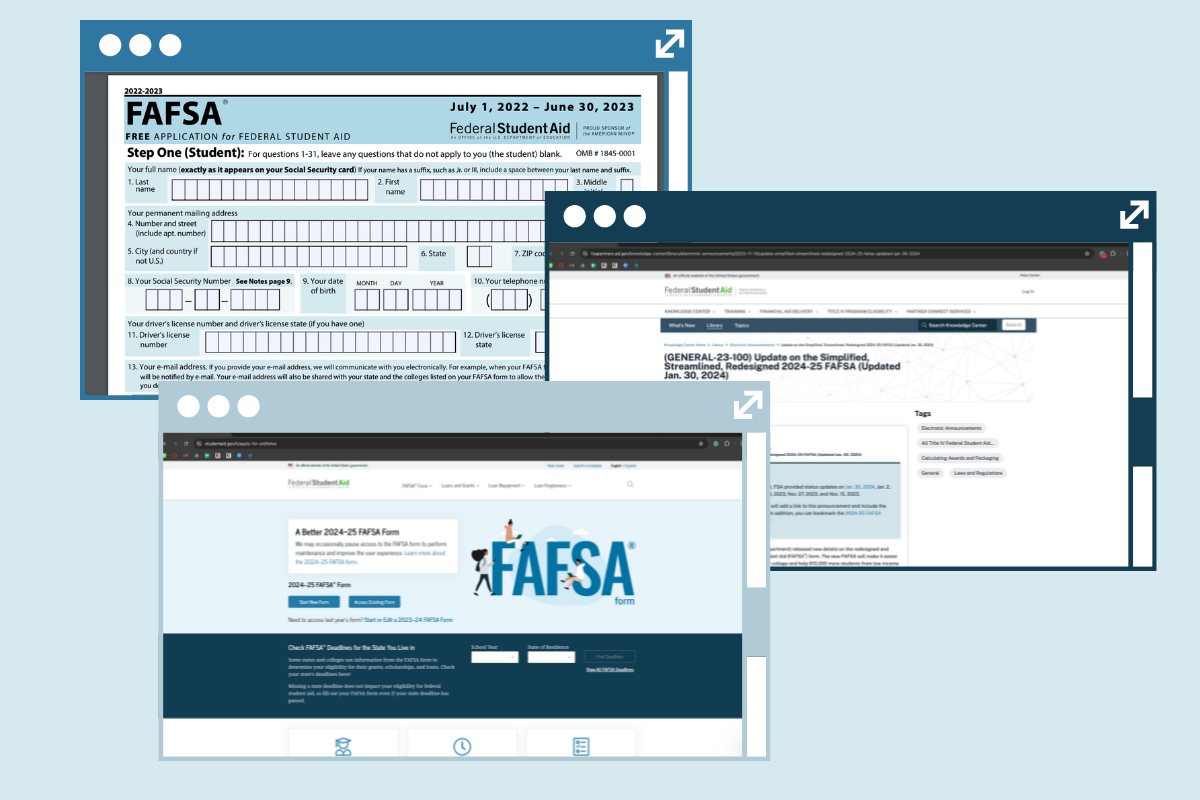[from the archive] After finishing the majority of her morning rituals, junior Samantha Brinson opened the bottle of water which would complete her routine. On the drive to school Brinson finishes the first of three water bottles she drinks daily.
“Doing Equestrian sports, I need a lot of water. It is important that I get plenty of water to keep myself hydrated,” Brinson said.
Teens guzzle down tap and bottled water every day. Because people constantly go from place to place, bottles of water have become an increasingly popular household item. According to the Natural Resources Defense Council, more than half of all Americans consume bottled water, with one third of the American population consuming it regularly.Information gathered by U.S. and International Developments and Statistics reporters states in 2009 Americans as a whole consumed around 8,454 gallons of bottled water, a total over 1,500 gallons more than what was consumed in 2004 spending a total of $10,595. The money that was spent bought not only water, but also millions of tiny pollutants later consumed by spenders everywhere.
“I drink bottled water because I’m allergic to the metal that the tap water runs through. Also, I like it better because it tastes more smooth and looks clearer than tap water. There’s nothing floating in it,” junior Amelia Weltch said.
Studies done by the Water Quality Association show over 70% of Americans consider tap water dangerous and around 80% don’t like the taste.
“To me, tap water has a disgusting taste to it. When I went to New York we always drank the tap water there, and it wasn’t bad at all. Also, the tap water could be more contaminated water than filtered bottled water or water from the refrigerator,” sophomore Erin Kline said.
Reports done by the Environmental Working Group show the water Americans consume daily, no matter it tap or bottled, contains many ingredients including nutrients helpful to the body’s necessary function. Along with helpful nutrients, water also contains harmful carcinogens such as toluene, bromodichloronmethane, asbestos and benzene.
“It [bottled water] has no other real advantages over treated city water. A lot of the bottled water you buy comes from municipal water,” AP environmental teacher Michelle Fagan said.
The amount of risks taken by drinking tap water can closely compare to those taken by drinking bottled water. Information found by Water Value Company workers shows requirements do not state whether or not bottled water must be disinfected.
“I heard that they put minerals and fluoride in tap water so I honestly think that both types of water are equally the same for you,” junior Frank Colbourn said.
The fact that bottled water does not have to be disinfected poses a problem because contaminants in the water do not get killed before packaging. When consuming the water, a person can also consume different types of carcinogens and chemical pollutants. Similar risks are taken when consuming tap water. Because the water travels through aged pipes, it picks up contaminants such as Aluminum, Mercury and Endrin a commonly used pesticide, all know to cause organ damage.
“I don’t understand why people have to have expensive water. Both types of water are packed with minerals anyways. To have a special kind of water is overrated,” Colbourn said.
A risk exists no matter what type of water is consumed, and because of the importance of water in the human body, no other option but to drink it remains.
“Personally, I drink filtered water from my refrigerator at home, tap water in restaurants (in the U.S.), and bottled water if I need to take it somewhere that a filled-from-home water bottle is inconvenient. But I always try to reuse the water bottle for a couple of days, and then recycle it if possible,” Mrs. Fagan said.
SOURCES
http://www.nrdc.org/
http://www.bottledwater.org/files/2009BWstats.pdf
http://www.ewg.org/
http://www.watervalue.com/tapwater.html



